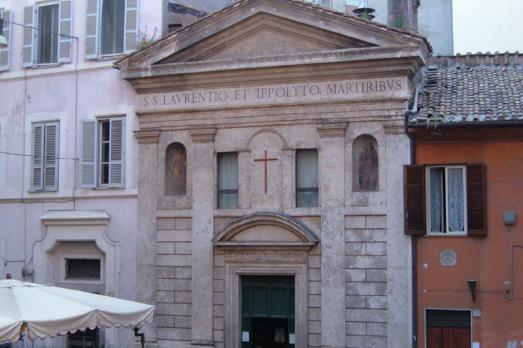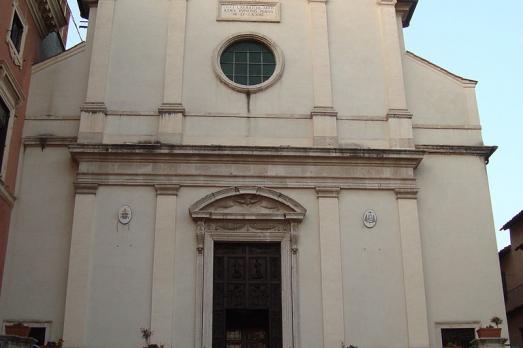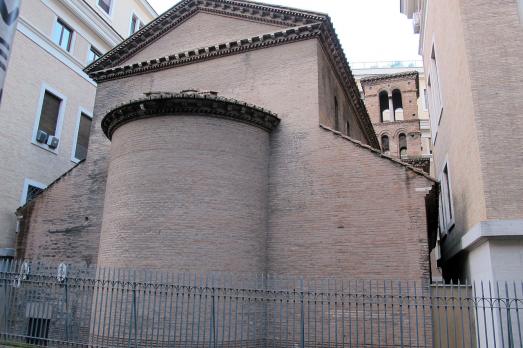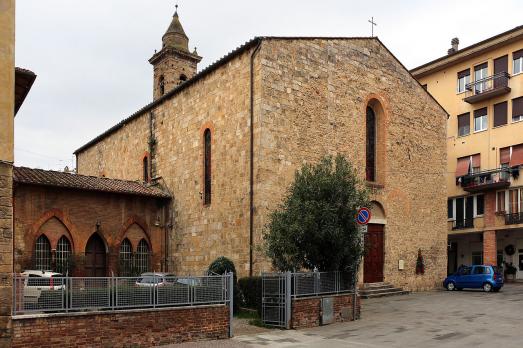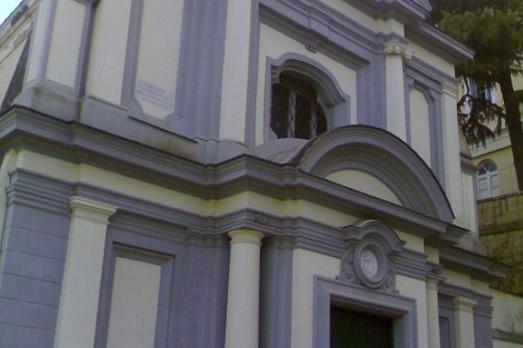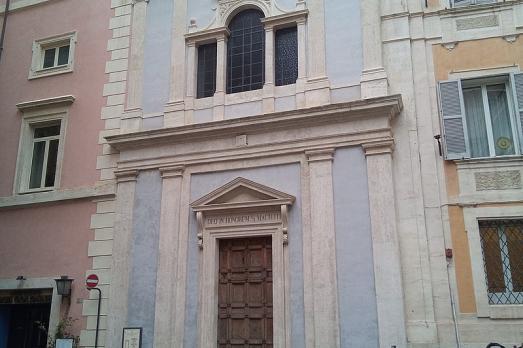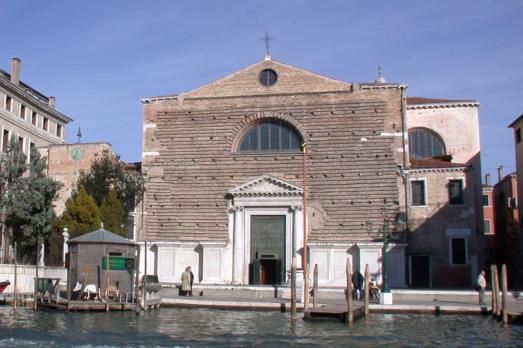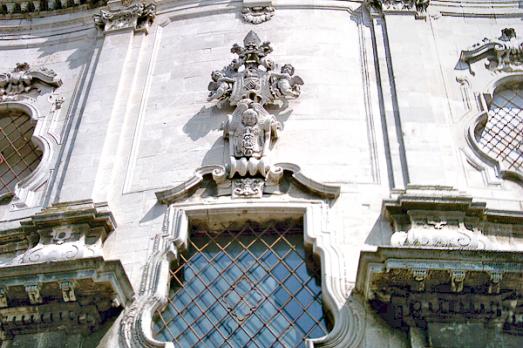
Chiesa di San Lorenzo delle Benedettine
San Severo, IT
The church of San Lorenzo delle Benedettine was built on a project by the Neapolitan architect Giuseppe Astarita, considerably modified by Ambrosio Piazza (1782). The church, annexed to the monumental Benedictine monastery, has a beautiful rococo facade in Apricena marble, executed in 1789 by the sculptor Pietro Palmieri to a design by Piazza, and an elegant bell tower with a small tiled dome.
